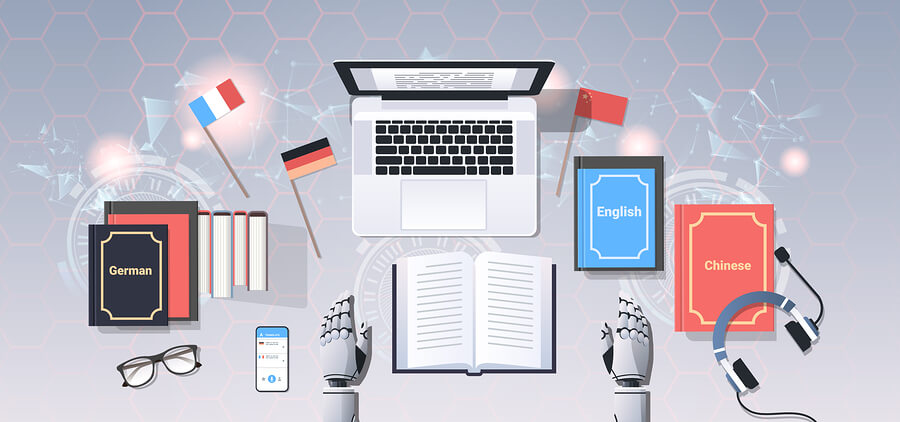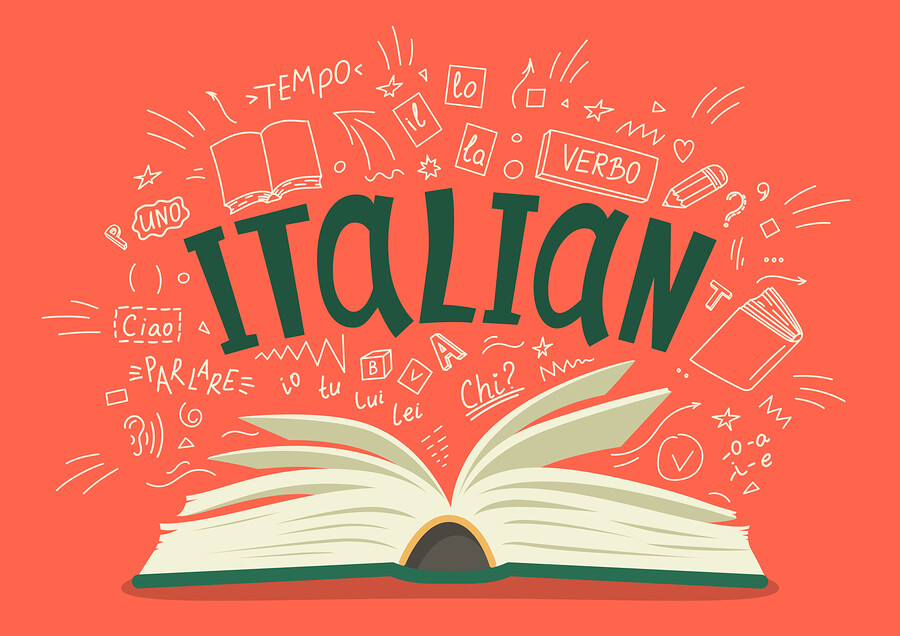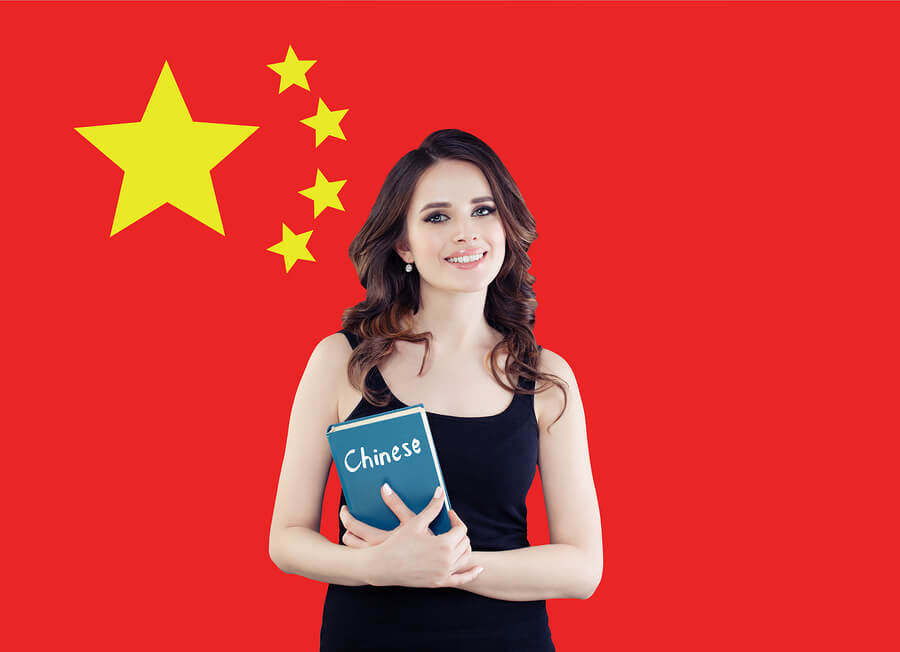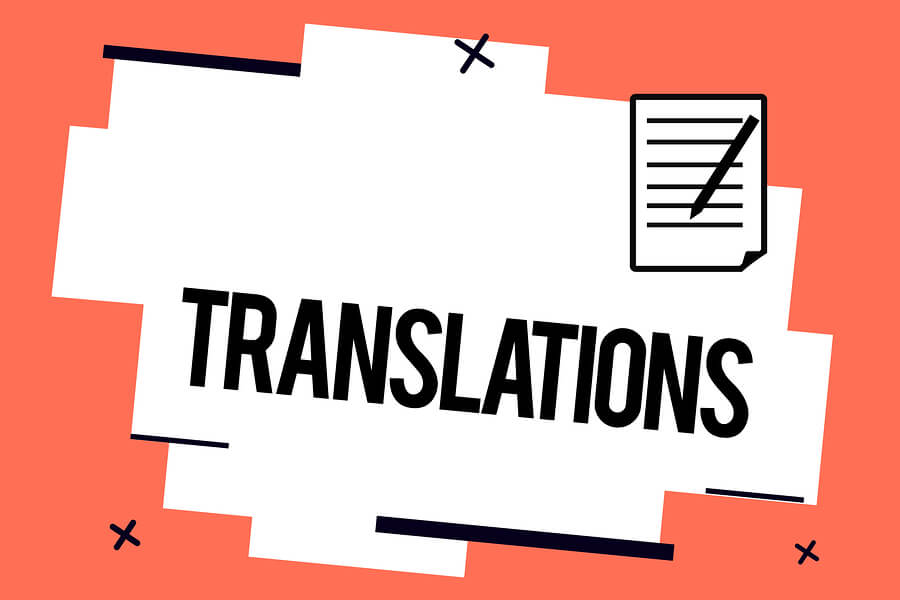Before you apply for document translation services a number of important points need to be considered before the process of document translation begins:
1. You need to establish your targeted language(s) by considering what countries or regions you need translations for. For example, if you want an English to Spanish document translation your translation services will ask you which countries your translations are targeting. This is because there are many parts of the world that speak Spanish and not all of them share exactly the same grammar and terminology.
A few companies target, for example, the American Spanish speaking market using a Spanish translator while other companies use an English to Spanish document translation services to undertake translations into what is termed “Universal Spanish” which focuses on the Spanish speaking market.
2. Put some time into checking your documents before you send them to your chosen translation services. The second pair of eyes will help to iron out any mistakes and ambiguities or even colloquialisms and idiomatic language which may be hard to translate. You don’t want the translation project manager responsible for your translation to return it to you to make changes when you are trying to meet a deadline.
3. Once the document is ready to be sent to your chosen translation services decide on the deadline so that you can get this approved before the translation begins. You have to allow for the fact that most translation services will send you a draft of the translation for you to check before finalising the translation. The number of words you want to be translated will affect the time it takes to complete. For example, a translation of 100,000 words could take at least 9 days for a translator to complete.
This allows for you to look over the draft before the translation is finalized. Most translators create accurate translations of up to 2500 word each day. However, if you require a document to be translated into several languages, this may take a little longer depending on the availability of suitable translators. If the document involves a lot of technical terms you can expect the translator to take a little longer as s/he will want to ensure the translation is completely accurate.
4. Before you apply for document translation services, ask them what the best file format is to use. Once you have agreed you have to ensure you know how to use the file after the translation has been completed.
5. Before the process of the document, translation starts to ensure you write easy to understand instructions for the translator so there is no delay in the translation.
6. Before the translation begins it is useful to create a glossary of your preferred terminology which helps the translation team from the very beginning. This is particularly important if your document contains a lot of technical terms. It speeds up the translation process because the translator does not need to spend time thinking about which terms are the most appropriate. It usually takes quite a bit of discussion before the glossary is compiled and agreed upon by all those involved in the translation process.
Once the glossary is ready the translation can commence and the glossary will be used during the translation. This helps to ensure there is consistency in the use of terminology throughout the translation process. Also, the glossaries created for one translation project can be used for later translations.
7. Before you start the process of document translation you should establish what budget you have for the translation project. Most document translation services offer a rate per word. However, if you stick with the same document translation services the cost will not be so much as the translator will use translation memory with any new translation.
During the process of document translation, the translator will translate the text in the document from the source language to the target language while paying careful attention to the following:
- the accurate transferring of content;
- the use of appropriate terminology;
- ensuring consistency in language including grammar;
- accurate spelling and punctuation;
- appropriate layout and presentation.
8. Proofreading and editing are the final stages of any translation project. When you apply for document translation services you will be told the proofreading will be done by a translator who is equally qualified as the primary translator. The proofreader will check the content to ensure accuracy as well as grammar, syntax and punctuation. Formatting and any graphics or layout modifications are made at the proofreading stage before the finalizing of the translation have taken place and it is sent to you for the final approval.
9. Once you have approved the draft the translation services will issue the final copy of the translation which will be sent by email. A hard copy is usually available as well.











